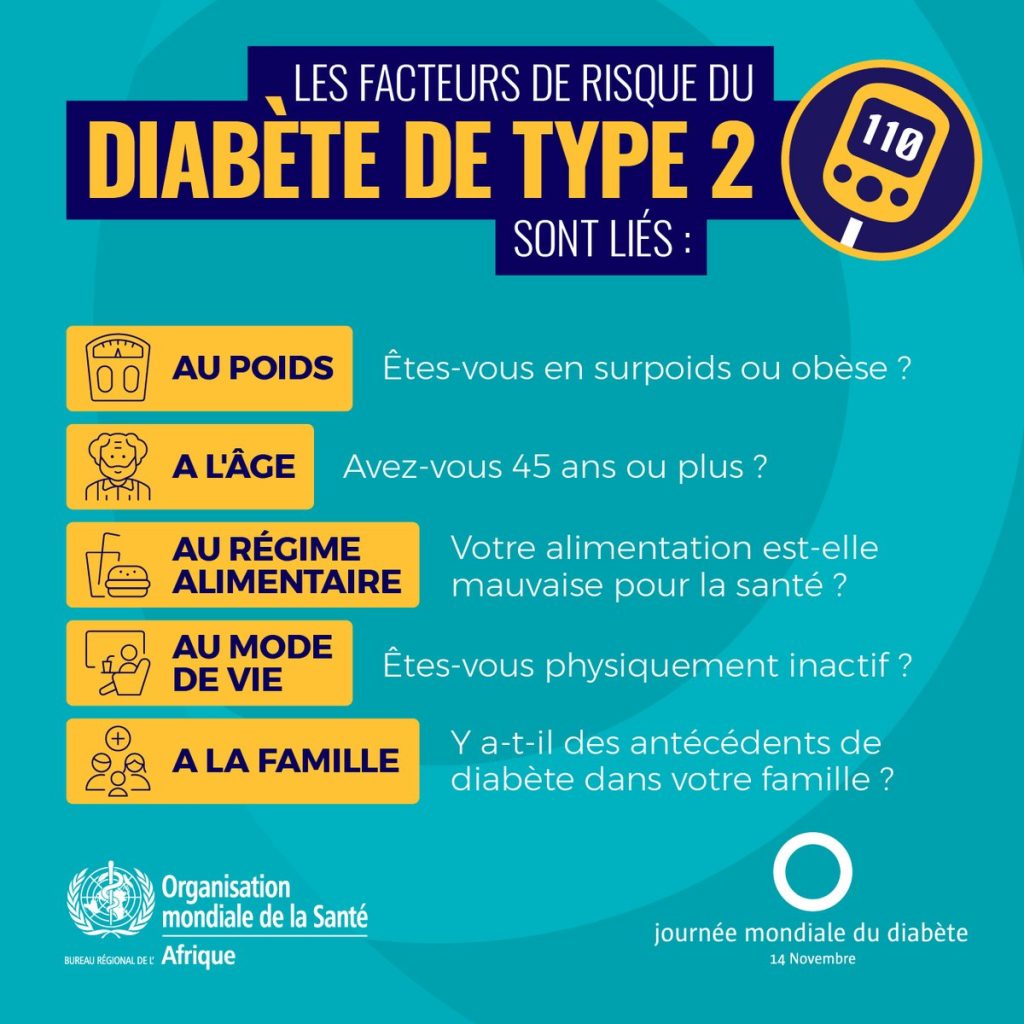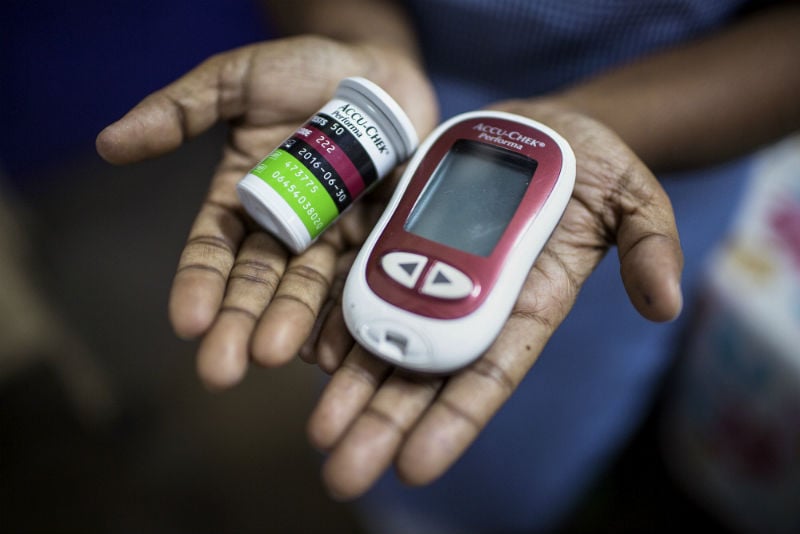Diabetes: A Disease That Kills Silently
Diabetes, often referred to as the “silent killer,” is a chronic disease that affects millions of people around the world. Its devastating effects, when undiagnosed or poorly managed, make it one of the leading causes of death and serious complications. However, this pathology remains unknown or underestimated, despite its impact on public health.

Diabetes is characterized by a chronic increase in blood sugar (glucose) levels, called hyperglycemia. This condition occurs when the body is no longer able to produce enough insulin, a hormone essential for regulating glucose, or when the insulin produced does not work properly. There are two main types of diabetes:
Type 1 diabetes: of autoimmune origin, it often appears in childhood or adolescence and requires lifelong insulin treatment.
Type 2 diabetes: more common, it is linked to genetic and environmental factors, such as obesity, lack of physical activity or an unbalanced diet.

A silent threat
One of the most worrying aspects of diabetes is that it can progress for years without causing visible symptoms. Many people are unaware that they have it, which delays diagnosis and treatment. During this time, irreversible damage can occur in the body, affecting various organs such as:
The kidneys: leading to kidney failure.
The heart: increasing the risk of heart attacks and strokes.
The eyes: causing diabetic retinopathy, which can lead to blindness.
The nerves: causing pain or loss of sensation, especially in the extremities.

Risk factors and prevention
Several factors increase the risk of developing diabetes, including age, family history, obesity, and a sedentary lifestyle. However, the good news is that in many cases, diabetes, especially type 2, can be prevented through healthy lifestyle habits:
Eating a balanced diet rich in fruits and vegetables and low in refined sugars.
Maintaining a healthy weight.
Engaging in regular physical activity.
Getting regular screenings, especially if you have risk factors.
A public health challenge
Diabetes poses a real challenge to health systems worldwide. According to the World Health Organization (WHO), the number of people with diabetes has nearly quadrupled since 1980, mainly due to the increase in obesity and an aging population.
Health authorities must step up efforts to raise public awareness, improve access to care, and encourage preventive actions. Innovations in treatments and technologies, such as glucose sensors or insulin pumps, offer hope for better management of this disease.
Diabetes is an insidious disease that kills slowly but surely when it is not controlled. The key to combating this scourge lies in education, prevention and access to appropriate care. Each individual has a role to play: adopt a healthy lifestyle, get tested and support initiatives to fight this disease. Because knowing more about diabetes is already a step towards controlling it.


